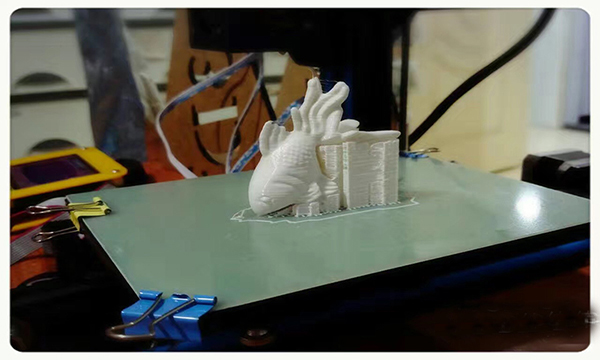
One of the most significant advantages of 3D printing in the world of casting is the ability to easily create complex designs. In traditional casting methods, creating complex molds and models can be challenging and costly, often requiring skilled labor and multiple iterations to achieve the desired results. With 3D printing, complex patterns and molds can be created with precision, reducing time and costs in the design and development phase.
Additionally, 3D printing allows for greater design flexibility as it can produce customized and unique components that were previously difficult or impossible to achieve using traditional casting methods. This is particularly beneficial for industries such as aerospace and automotive, which often require custom parts. With the help of 3D printing, these industries can now easily produce complex custom components, thereby increasing performance and efficiency.
Another important application of 3D printing in casting is the production of molds and fixtures. In traditional casting, the creation of tools and jigs often requires extensive machining and fabrication, resulting in long lead times and high costs. 3D printing has revolutionized this process, allowing for rapid prototyping and production of tooling and fixtures, significantly reducing lead times and costs. This had a profound impact on manufacturing, as it enabled companies to develop and produce tools and fixtures in a fraction of the time previously required.
In addition, 3D printing is also used in the production of sand molds and cores for metal casting. In traditional sand casting, creating molds and cores can be a labor-intensive and time-consuming process, often requiring skilled labor and multiple iterations to achieve the desired result. 3D printing changes this process, allowing for the rapid production of sand molds and cores, significantly shortening lead times and reducing costs. This has increased efficiency and productivity in the metal casting industry as companies can now produce molds and cores with higher precision.
In the field of jewelry casting, 3D printing has also had a significant impact. Traditionally, jewelry casting required skilled craftsmen to create intricate wax patterns, a process that was time-consuming and expensive. With 3D printing, jewelry designers can now easily create complex and detailed wax patterns, significantly shortening lead times and reducing costs. This provides the jewelry industry with greater design freedom and creativity, as designers can now create unique and sophisticated patterns that were previously difficult to achieve using traditional methods.
